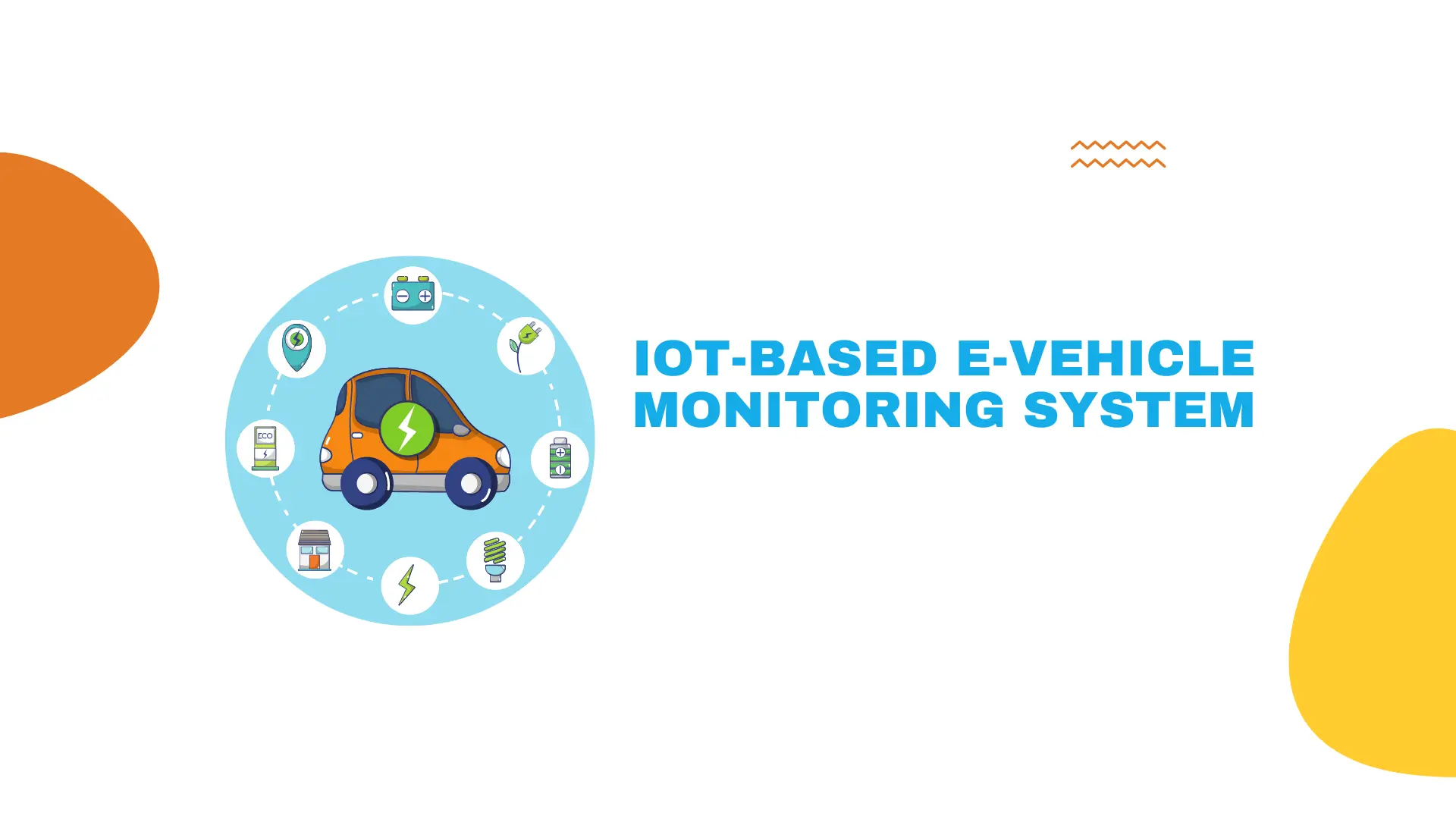Alagarsamy et al. (2022) created an IoT-based e-vehicle monitoring system (E-VMS). The system combines IoT technology, Arduino microcontroller, and sensors to monitor vehicles in real time. The system aims to detect accidents early and determine their severity. When an accident occurs, the system notifies the authorities directly. The E-VMS has successfully identified accidents accurately, determined their severity, and located the vehicles. The system also indirectly contributes to making the environment cleaner, as it uses alternative renewable energy compared to gasoline-fueled vehicles.
IoT has a substantial role to play in E-VMS. This includes detecting accidents early. This is thanks to the help of sensors and image processing, so that treatment can be taken more quickly. In addition, the use of electronic vehicles facilitated by IoT can also reduce the impact of pollution on the environment by utilizing renewable energy. E-VMS also provides remote access and control, enabling real-time monitoring, so that action can be taken more quickly when incidents occur. Integration with GPS systems also allows real-time tracking of vehicle locations. GPS systems are particularly useful for emergency response, theft prevention, and overall vehicle management. With these roles, E-VMS can improve safety, environmental sustainability, and operational efficiency.
E-VMS has significant cost-efficiency potential, which is detailed as follows:
- The system can reduce maintenance costs by detecting vehicle problems earlier, allowing for timely maintenance and repairs.
- The use of alternative energy sources such as electric power can reduce the cost of fossil fuels such as gasoline.
- Real-time monitoring and remote access can improve operational efficiency and reduce costs in vehicle management within a fleet.
- The system’s ability to detect accidents early can also reduce insurance costs.
Overall, E-VMS is a worthwhile investment for individual fleet and vehicle owners, as it can result in cost savings in terms of maintenance, fuel, insurance, and operational efficiency.
Human evolution has included the development of transportation systems. People are currently driving a significant number of fuel-powered automobiles. This resulted in an increase in the number of accidents as well as pollution in the environment. To address the disadvantages of gasolinebased vehicles, this study presents an IoT-based E-vehicle monitoring system (E-VMS) for early accident detection and to make the environment cleaner and greener by using alternative energy. E-VMS employs internet of things (IoT) technology to continuously monitor the vehicle as well as to access and control it remotely. The IoT devices installed in vehicles are built using an Arduino microcontroller and sensors to detect accidents quickly. When an accident occurs, the E-VMS recognizes it quickly and determines the severity of the incident. The machine will then promptly alert the authorities. The E-VMS is also familiar with the GPS system. This will allow the E-VMS to maintain track of the cars’ location in real time. This information will be used to locate the car in the event of an accident or theft. The E-VMS system’s results were promising in terms of accurately identifying accidents, determining the severity of the accident, and determining the position of the vehicle.
IoT based E-vehicle monitoring system using sensors and imaging processing algorithm
Manjunathan Alagarsamy, Prabakaran Kasinathan, Geethalakshmi Manickam, Prabu Ragavendiran Duruvarajan, Jeevitha Sakkarai, Kannadhasan Suriyan
By: I. Busthomi




